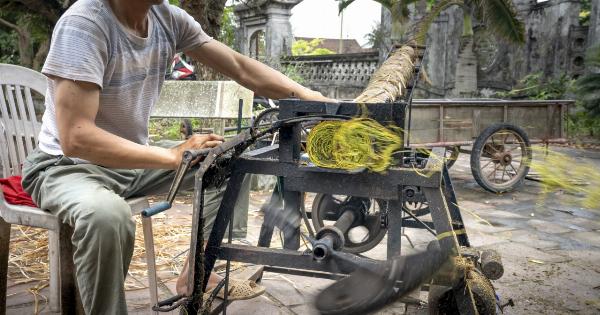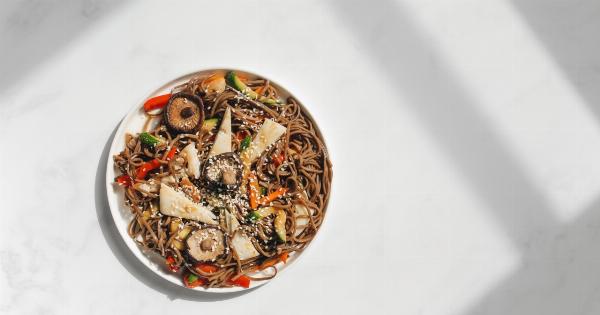Aging is a natural process that affects every living organism on this planet. As we age, our bodies undergo various changes at the cellular and molecular levels.
One such change is the increased risk of developing cancer, a disease characterized by uncontrolled cell growth. However, despite this correlation between aging and cancer, there are intrinsic factors associated with aging that actually inhibit carcinogenesis – the process by which normal cells transform into cancer cells.
In this article, we will explore the three intrinsic factors of aging that play a critical role in inhibiting carcinogenesis.
1. Cellular Senescence
Cellular senescence refers to the irreversible arrest of cell division, leading to a state of permanent growth arrest and loss of cellular function.
This process is triggered by a variety of factors, including DNA damage, telomere attrition, oxidative stress, and oncogene activation. While cellular senescence can limit cell proliferation, it also plays a vital role in inhibiting the development of cancer.
When cells undergo senescence, they enter a state where they are no longer able to proliferate and form tumors. This is crucial in preventing the growth and spread of cancer cells.
Senescent cells can release various factors, collectively known as the senescence-associated secretory phenotype (SASP), which can suppress the proliferation of nearby cancer cells, induce an immune response against cancer cells, and enhance tissue repair mechanisms.
2. DNA Repair Mechanisms
Another intrinsic factor that inhibits carcinogenesis is the DNA repair mechanisms that exist within our cells. Our DNA is constantly exposed to both internal and external factors that can damage its structure.
These factors include reactive oxygen species (ROS), radiation, environmental toxins, and errors that occur during DNA replication.
However, our cells possess a complex machinery of DNA repair systems that can correct most of these damages and prevent the accumulation of mutations that could lead to cancer development.
These repair mechanisms include base excision repair, nucleotide excision repair, mismatch repair, and double-strand break repair. When these systems function properly, they ensure the fidelity of our DNA and inhibit the formation of cancer-causing mutations.
3. Telomere Attrition
Telomeres are protective caps located at the ends of our chromosomes. They consist of repeated DNA sequences and associated proteins that safeguard the integrity of our genetic material.
However, with each cell division, our telomeres gradually shorten due to the “end replication problem” – a phenomenon where the DNA polymerase enzyme cannot fully replicate the ends of linear chromosomes.
Telomere shortening serves as a natural countdown clock for cell replication. Once the telomeres reach a critically short length, cells undergo senescence or programmed cell death, preventing the proliferation of damaged or mutated cells.
This mechanism is called replicative senescence and is another intrinsic factor that inhibits carcinogenesis.
Moreover, cells that bypass replicative senescence and continue to divide in the absence of telomere maintenance mechanisms may enter a state called crisis.
In crisis, extensive genomic instability occurs, leading to massive cell death and potential elimination of pre-cancerous cells. Therefore, telomere attrition acts as a safeguard against the uncontrolled growth of cancer cells.
Conclusion
While aging is generally associated with an increased risk of developing cancer, there are intrinsic factors associated with aging that actually inhibit carcinogenesis.
Cellular senescence, DNA repair mechanisms, and telomere attrition all play critical roles in preventing the formation and progression of cancer. Understanding these intrinsic factors can shed light on potential strategies to enhance our body’s natural defenses against cancer and prolong healthy aging.






























